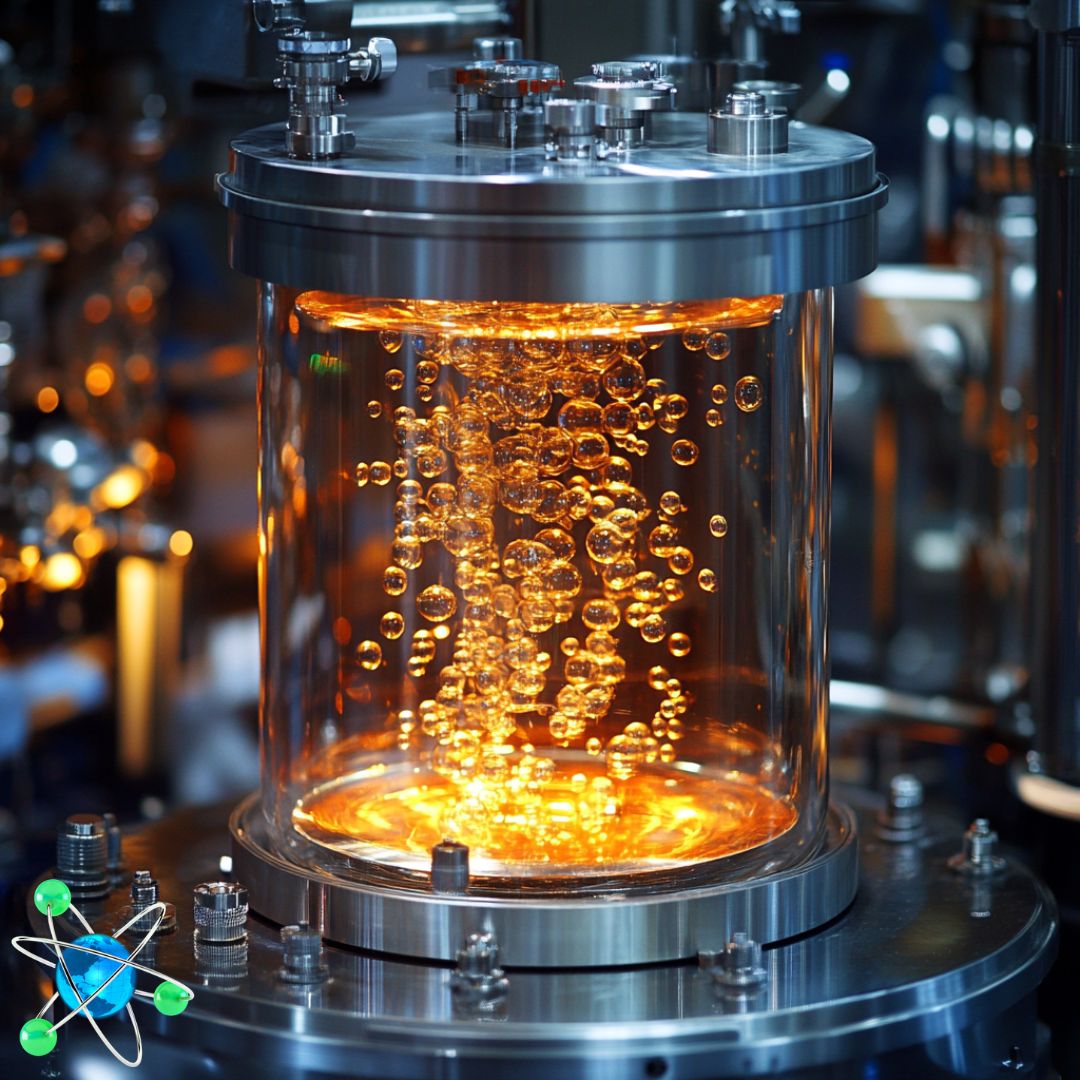
- Oak Ridge National Laboratory (ORNL) developed a custom glass test cell to study gas behavior in molten salt reactors, crucial for optimizing reactor performance and safety.
- Researchers observed gas bubbles in molten salt using high-speed cameras, measuring their velocity, size, and interactions to enhance simulation tools for reactor design.
- The project, part of the US Department of Energy’s Molten Salt Reactor Program, aims to improve the safety and efficiency of next-generation nuclear reactors.
Oak Ridge National Laboratory (ORNL) has made significant strides in the study of molten salt reactors (MSRs) by developing a custom-made glass test cell. This innovative tool has allowed researchers to closely observe the behavior of gases within a molten salt environment, providing crucial insights into the complex chemistry and dynamics that occur in these advanced nuclear systems.
In certain next-generation reactors currently under design, liquid fuel plays a central role, with fissile materials dissolved directly into a molten salt solution that also acts as the reactor’s coolant. However, the nuclear and chemical reactions within this environment can lead to the formation of gases that bubble out of the molten salt, which can impact both the reactor’s neutronics and thermal hydraulic performance. Understanding these effects is essential for optimizing reactor safety and efficiency.
To tackle these challenges, ORNL researchers designed a specialized glass test cell capable of holding up to a liter of molten salt. By injecting small bubbles of helium and krypton into the cell, they were able to monitor how these gases moved through the molten salt. Using high-speed cameras, the team measured gas bubble velocity, size distribution, and interactions with neighboring bubbles. This data provides valuable information about gas behavior in MSRs, which will be used to improve and validate simulation tools critical for the development of molten salt-fueled reactors.
Daniel Orea, ORNL’s lead research and development associate, emphasized the importance of this work, noting that understanding gas generation and transport in MSRs is crucial for optimizing both performance and safety. The unique glass test cell allows researchers to overcome engineering challenges posed by the high temperatures and complex composition of molten salt systems, which involve a two-phase liquid-glass environment.
This research project, supported by the US Department of Energy’s Molten Salt Reactor Program, marks a key advance in the study of MSRs. The insights gained from these experiments are expected to play a vital role in the ongoing development of these promising nuclear technologies, which aim to offer safer, more efficient, and more reliable energy solutions in the future.
